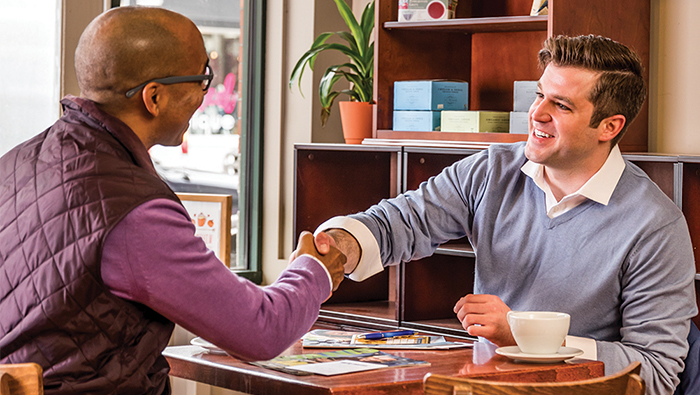Let these projects inspire your club to do something nice for Mother Nature.
By Julie Saetre
April 22 is Earth Day, and that means it’s a great time for your Kiwanis club to do something that’s environmentally friendly. Whether it’s something small but meaningful — a local park cleanup, service at a community garden — or a larger-scale project, let Earth Day be your catalyst. Need some inspiration? Start with these three initiatives.
Planting for future generations
In October 2024, members of eight Kiwanis clubs from Division 2B in the Philippine Luzon District gathered at a protected area by a local riverbank. Their mission: plant seedlings to prevent land erosion caused by quarrying.
The Abacan River and Angeles Watershed Advocacy Council Inc., a nonprofit group that promotes water security and watershed conservation, donated 250 seedlings. The Kiwanians planted some of the seedlings near the riverbank with help from students at Del Carmen National High School. Then they donated the remainder to the school, where students and teachers have committed to nurture them.
Their efforts were part of an initiative started by Philippine Luzon District Governor Felix “Jango” Grepo — with a goal of planting 20,000 seedlings district-wide to ensure a healthier environment for future generations.
Helping bees thrive
In the Kiwanis Ohio District, Governor Kelly Brown is leading an environmental effort of her own. Brown’s 2024-25 “Bee a Hero” pollinator project encourages each Kiwanian “to be a global citizen on a local level” by helping to shore up declining bee populations.
Participating Kiwanis members create and maintain native pollinator habitats — from potted plants to large gardens — in their yards, use nontoxic herbicides and pesticides, overseed lawns with low-growing pollinator plants and purchase products from local beekeepers.
Clubs can get involved by building community pollinator habitats, providing seeds and supplies to local schools so students can create a school garden, and partnering with local organizations to start or help maintain a garden.
An online project guide contains additional ideas and provides information on other state organizations working to increase the bee population.
Inspiring young leaders
In May 2024, the Kiwanis Club of Klang, Malaysia, joined in the Asia-Pacific Region’s “Green Generation” by hosting a youth camp for aspiring environmental leaders. Focused on youth leadership development and environmental stewardship, the camp enabled participants to learn sustainable practices and gain hands-on experience through team-building exercises, art therapy, planting 200 trees and other activities.
The camp was so successful that it will return, this time at a national level. In May, the Kiwanis Malaysia District will sponsor the Kiwanis Green Generation Adventure 2025, focusing on Key Club members in the district as they celebrate their organization’s 100th anniversary.



